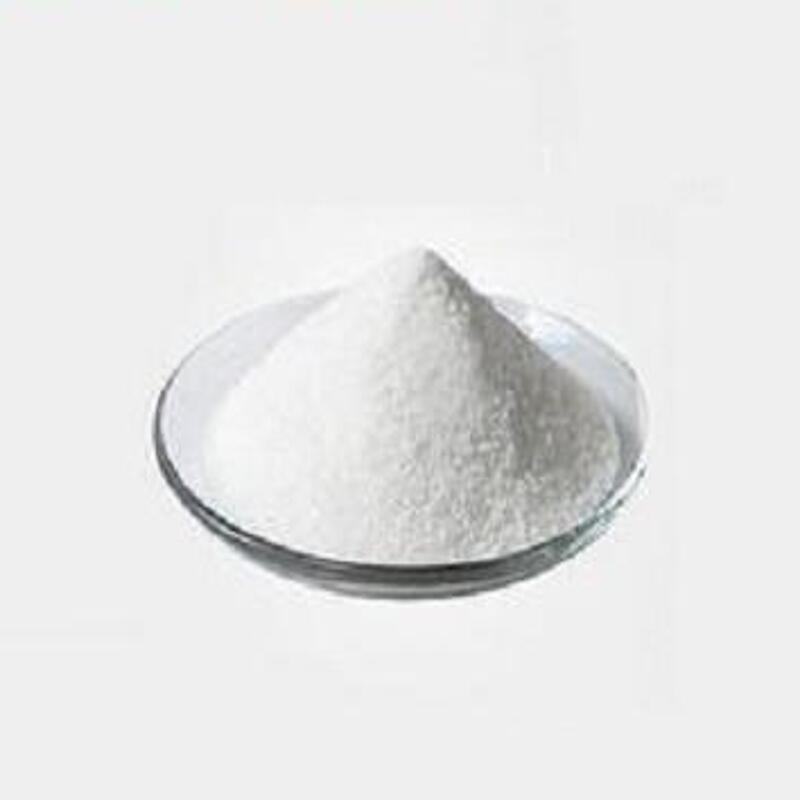-
Categories
-
Pharmaceutical Intermediates
-
Active Pharmaceutical Ingredients
-
Food Additives
- Industrial Coatings
- Agrochemicals
- Dyes and Pigments
- Surfactant
- Flavors and Fragrances
- Chemical Reagents
- Catalyst and Auxiliary
- Natural Products
- Inorganic Chemistry
-
Organic Chemistry
-
Biochemical Engineering
- Analytical Chemistry
-
Cosmetic Ingredient
- Water Treatment Chemical
-
Pharmaceutical Intermediates
Promotion
ECHEMI Mall
Wholesale
Weekly Price
Exhibition
News
-
Trade Service
Kojic acid dipalmitate is a widely used ingredient in the chemical industry, particularly in the cosmetic and pharmaceutical sectors.
It is a derivative of kojic acid, a natural chemical compound derived from the mushroom Cordyceps militaris.
Kojic acid dipalmitate is a whitening agent commonly used in skin care products, and it has been shown to have a range of benefits for both skin and hair.
Kojic acid dipalmitate is initially produced through a chemical reaction between kojic acid and palmitic acid.
The palmitic acid is derived from palm oil, a sustainable and renewable resource.
The resulting kojic acid dipalmitate is a white to off-white powder that is soluble in water and oil.
One of the key benefits of kojic acid dipalmitate is its ability to inhibit the production of melanin, the pigment responsible for skin and hair coloration.
By inhibiting the activity of the enzyme tyrosinase, which is involved in the production of melanin, kojic acid dipalmitate can help to lighten the skin and hair, resulting in a more even and radiant complexion.
This property makes it an ideal ingredient for skin care products aimed at reducing the appearance of hyperpigmentation and age spots.
Kojic acid dipalmitate is also an effective antioxidant, thanks to its ability to scavenge free radicals and reduce oxidative stress in the skin.
This helps to protect the skin from damage caused by environmental stressors such as UV radiation, pollution, and cigarette smoke.
In addition, kojic acid dipalmitate has been shown to improve the overall texture and elasticity of the skin, helping to reduce the appearance of fine lines and wrinkles.
In addition to its benefits for the skin, kojic acid dipalmitate is also believed to have benefits for the hair.
It has been shown to reduce hair curl and improve its overall smoothness and shine, thanks to its ability to reduce the formation of cross-links between protein molecules in the hair keratin.
This helps to improve the strength and elasticity of the hair, reducing the risk of breakage and resulting in healthier, more manageable hair.
Kojic acid dipalmitate is widely used in a range of cosmetic and pharmaceutical products, including skin care products, hair care products, and sunscreens.
It is a versatile ingredient that can be formulated in a variety of ways, including as a powder, liquid, or gel.
It is also a popular ingredient in Asian beauty products, particularly in Japan and South Korea, where it is commonly used in whitening and anti-aging products.
One of the key advantages of kojic acid dipalmitate is its safety profile.
Unlike some other skin whitening agents, it does not contain mercury or other toxic heavy metals, making it a safer option for individuals who are concerned about the potential health risks of using such products.
In addition, kojic acid dipalmitate is generally well-tolerated by the skin, with few reported side effects.
However, it is important to note that individuals with sensitive skin may experience some irritation or dryness when using products containing kojic acid dipalmitate.
In conclusion, kojic acid dipalmitate is a versatile and effective ingredient commonly used in the chemical industry, particularly in the cosmetic and pharmaceutical sectors.
Its ability to inhibit melanin production, scavenge free radicals, and improve skin texture make it an ideal ingredient for a range of skin care products.
In addition, it is believed to have benefits for the hair, helping to reduce curl and improve smoothness and shine.
Overall, kojic acid dipalmitate is a safe and effective ingredient that is widely used in a range of products for the skin and hair.







